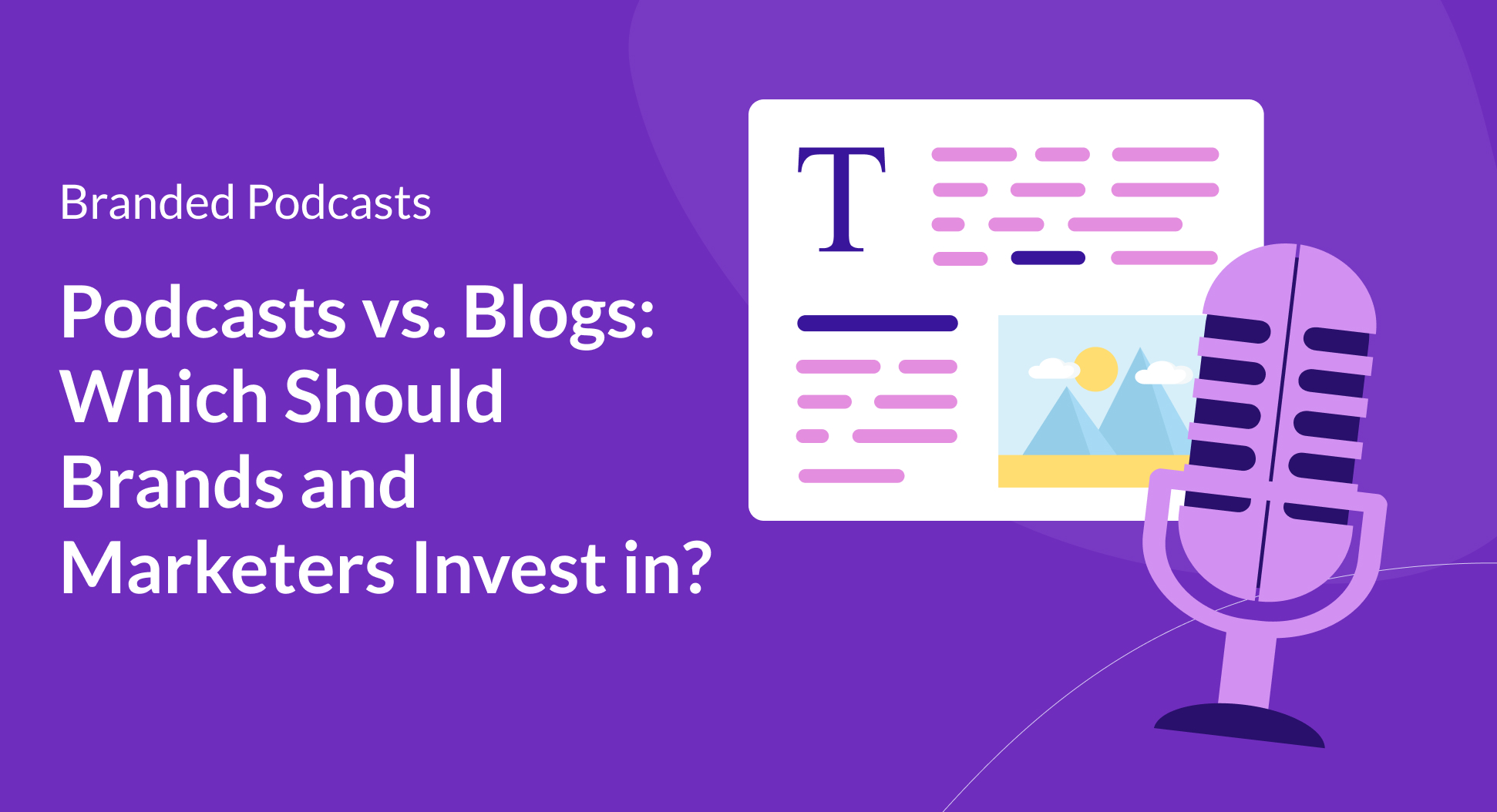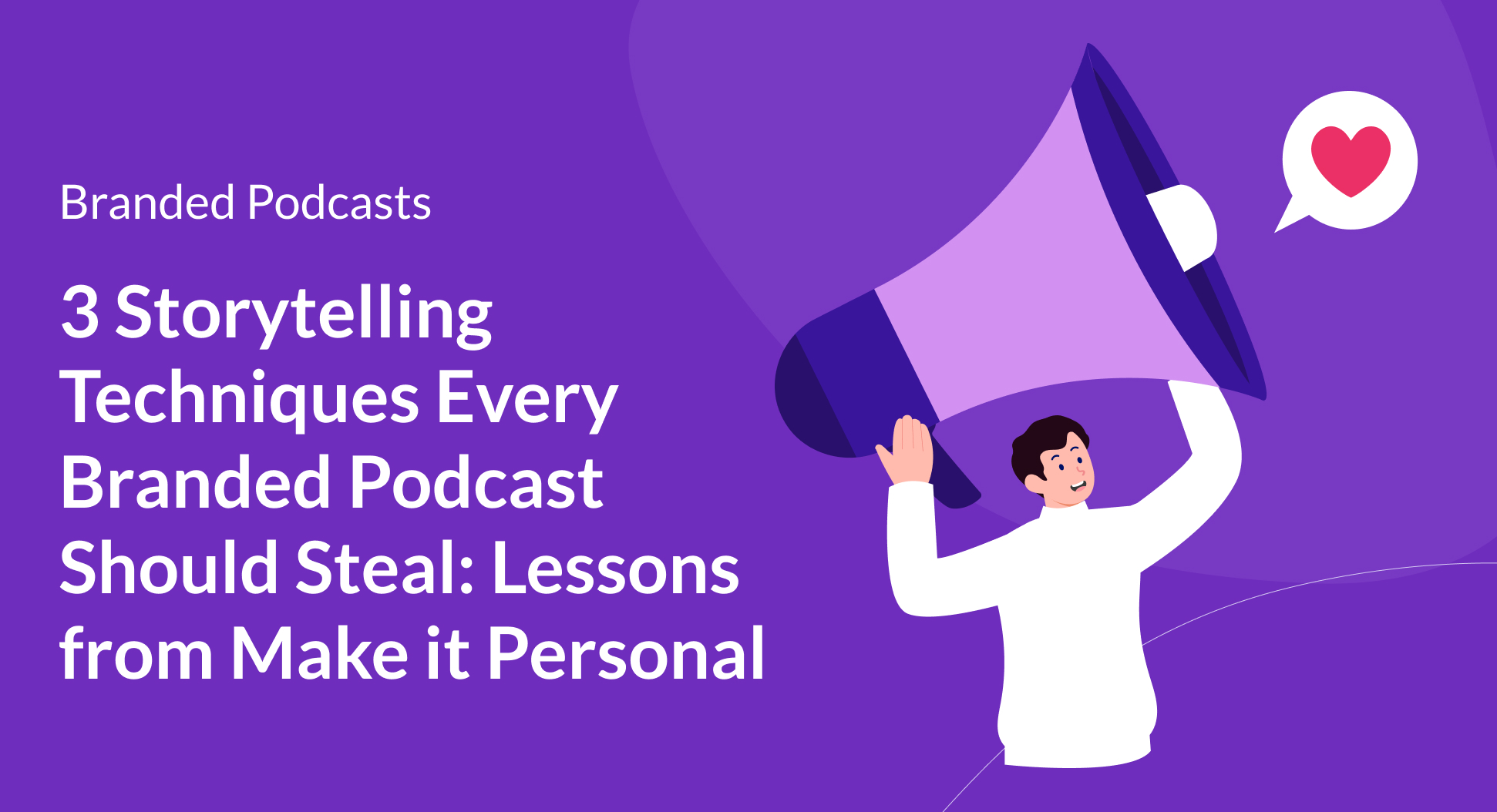Contents
As a marketer, you’ve heard it a million times: ‘make sure you are appealing to your target audience.’
At this point, it’s easy to assume that everyone must know who their target audience is and exactly what they want. Unfortunately, marketers aren't mind readers.
The truth is, figuring out not only who your target audience is but what their habits are is hard work. The marketing landscape is constantly shifting, and brands need to stay adaptable to the changing needs of their consumers and the space.
So how do podcasts fit into all of this? Branded podcasts are here to stay, and as an integral part of your marketing strategy, you need to know who you’re targeting with your show.
Start With the Basics
Let’s start here: what is a target audience?
A target audience is quite simply the people you want your podcast to reach. You can segment it to include age, profession, income, or whatever makes the most sense for your brand.
Audience Profile Example
Here’s an example: A brand has created a content management system. They decide their target audience is young professionals between the ages of 25-35, who work at a marketing agency and are active on social media.
This is called a ‘buyer persona.’ In the case of your podcast, develop listener personas in exactly the same way: by breaking down the characteristics of your ideal listener.
Ideal Listener Profile
When it comes to your podcast, there might not be just one kind of listener you’re targeting. Create a few different listener personas. Using our earlier example, here are a few possibilities that our imaginary brand could target with a podcast:
- Young marketing professional at an agency
- Freelance social media manager
- Team leader who needs to delegate marketing tasks
Developing these personas not only helps you curate your content but also helps you create your strategy for targeting those listeners!
Decide Early on How Big Your Reach Will Be
When developing your target audience and listener personas, you need to know how specific your content will be. Are you creating content for a specific niche that will include jargon and knowledge only understandable to people in the industry? Or are you targeting a wider, more general audience?
If you ask us, we typically lean towards starting niche but it depends on what makes sense for your brand. However, you do need to know who you want to be listening before you begin developing content and marketing materials. If not, not only will your content not resonate, but you won’t be able to develop an effective marketing strategy.
Think about it this way: Let’s return to our imaginary brand. All of the listener personas developed are people who are within the marketing industry and will therefore be familiar with industry trends and terms. This knowledge will help the brand develop episodes, themes, and distribution strategies.
Discover What Challenges Your Audience is Facing
Podcasts are amazing resources for brands for a whole host of reasons, but the primary among them is their ability to educate.
Your podcast is an opportunity to answer questions and provide solutions. But, before you can do that, you need to actually know what problems your target audience is facing.
This is where your listener personas come in. What challenges would each persona be facing and how can you help them overcome those challenges and answer their questions? This information will allow you to develop a more personalized experience for your listeners, in addition to impactful content.
Quick Tip: When answering questions and providing solutions, the solution shouldn’t always be your product. That will feel overly pushy and drive listeners away.
Talk to Your Audience
Asking your audience for feedback is one of the easiest ways to develop your listener persona, but it’s also one of the most underutilized.
This is an especially important step if your brand already has an established base. They’re an amazing resource for creating your target audience because they already exist!
Reach out and ask a select sample about their pain points and what they would look for in a branded podcast created to help them. If you don’t have an established audience base and your podcast is part of an overall launch strategy, you may have to work harder to develop your target audience, but it’s still doable.
Quick Tip: Introduce a beta testing program for your podcast. Invite a few clients to listen to your first episode before it's released and get their feedback.
It’s Ok to Make Changes
Although most of the tips above apply to the early stages of developing your target audience and listener persona, things change- and that’s ok!
Whether your podcast isn't resonating or your listener base is different than you expected, it's alright to pivot. Don’t get attached to a listener persona if things aren't working.
Use your analytics to your advantage. Podcast measurement and analysis gives you detailed insights into who is listening, so use your listener personas’ as a benchmark to see if you are meeting your targets.
It’s normal to not immediately know who your target audience is, but that doesn’t mean you shouldn’t develop one. Establishing who you are targeting early on will ultimately help you create impactful content that will keep listeners coming back for more.


.avif)



.png)

.png)




.png)
.png)
.png)
.png)